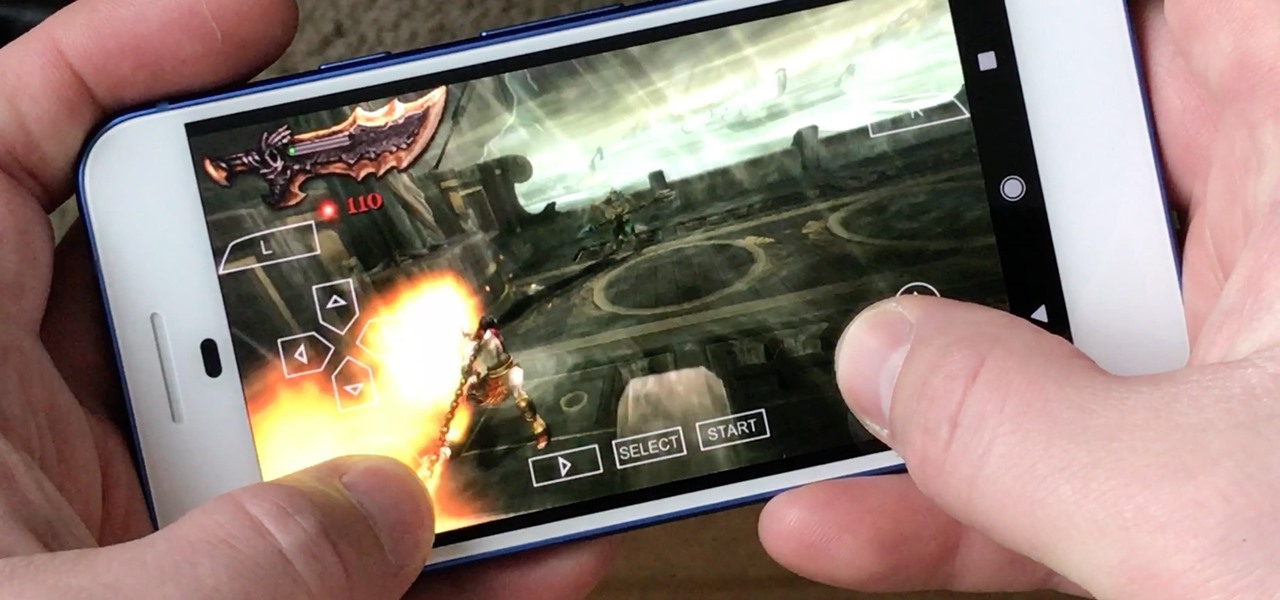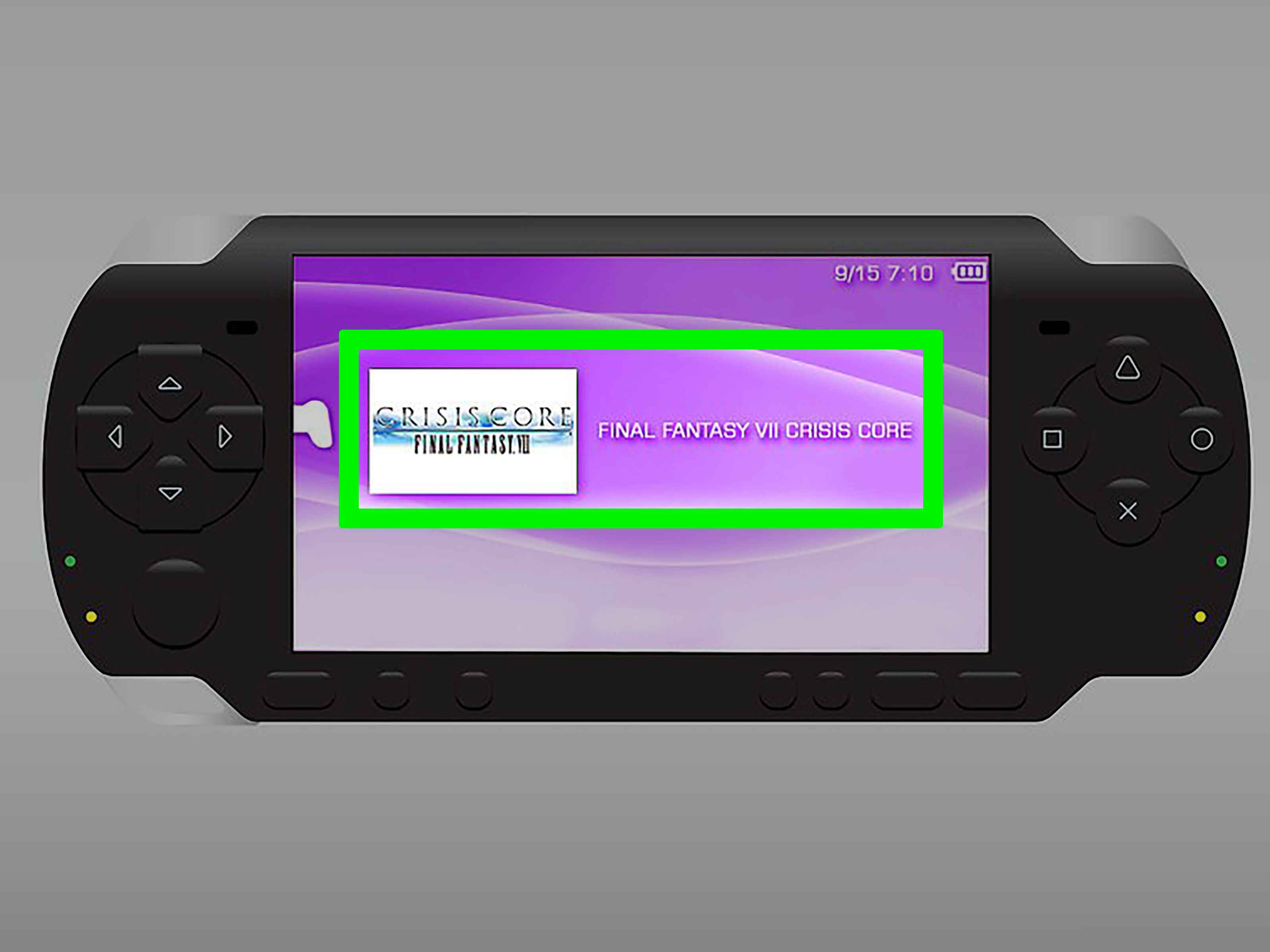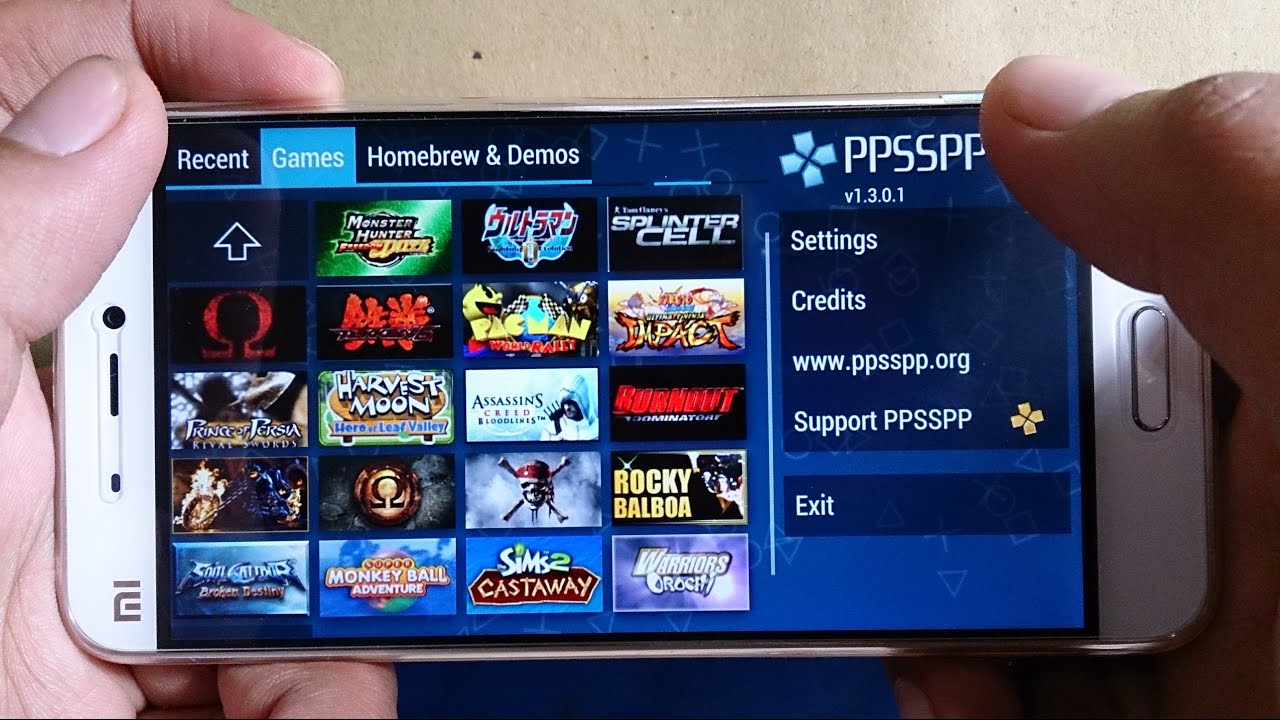Introduction
Welcome to the world of PSP gaming! Whether you’re a veteran gamer or just starting out, playing PSP games on your PC can be an exciting and convenient way to enjoy your favorite titles. With the help of a PSP emulator and the right ROMs, you can experience the thrill of PSP gaming right from the comfort of your computer.
But you might be wondering, what exactly is a PSP emulator? In simple terms, an emulator is a software program that allows your PC to mimic the functions of a PSP console, thus enabling you to play PSP games. It’s like having your very own virtual PSP device!
In this article, we’ll guide you through the process of downloading PSP games on your PC. From setting up the emulator to finding and installing game ROMs, we’ve got you covered. So grab your gamepad and let’s get started!
Before we proceed, it’s important to note that downloading PSP games from unofficial sources or sharing copyrighted material is illegal. We encourage you to only download games that you own a physical copy of or have obtained legally through official channels. Respect intellectual property rights and support game developers!
Now that we’ve got the legalities out of the way, let’s dive into the exciting world of downloading PSP games on your PC. You’re just a few steps away from immersing yourself in the captivating gameplay and stunning graphics of your favorite PSP titles.
Step 1: Set Up a PSP Emulator on Your PC
The first step in downloading PSP games on your PC is to set up a PSP emulator. An emulator is a software that replicates the functionality of the PSP console on your computer, allowing you to play PSP games.
There are several PSP emulators available online, but one of the most popular and reliable options is PPSSPP. PPSSPP is a free and open-source emulator that supports a wide range of PSP games and offers customizable settings for an optimal gaming experience.
To set up PPSSPP on your PC, follow these steps:
- Visit the official PPSSPP website (ppsspp.org) and download the emulator for your operating system (Windows, macOS, or Linux).
- Once the download is complete, double-click the installer file and follow the on-screen instructions to install PPSSPP on your PC.
- After the installation is complete, launch the PPSSPP emulator.
- You’ll be prompted to select a language. Choose your preferred language and click “Save”.
- Next, you’ll need to configure the basic settings of the emulator. These settings include display resolution, control mappings, audio settings, and more. Adjust them according to your preferences.
- Once you’ve customized the settings, click “OK” to save them.
- Congratulations! You have successfully set up the PSP emulator on your PC. Now it’s time to find and download PSP game ROMs.
Note: The steps mentioned above are specific to the PPSSPP emulator. If you choose to use a different emulator, the installation and configuration process may vary slightly.
In the next section, we will explore how to find and download PSP game ROMs that you can play on the emulator.
Step 2: Find and Download PSP Game ROMs
Now that you have your PSP emulator set up, it’s time to find and download PSP game ROMs. ROMs are the game files that can be loaded and played on the emulator.
Before we proceed, it’s important to note that downloading ROMs for games that you don’t own is illegal and against copyright laws. Make sure to only download ROMs for games that you own physically or have obtained legally through official channels.
To find and download PSP game ROMs, you can follow these steps:
- Start by searching for reputable websites that offer PSP game ROMs. There are several well-known sources like Emuparadise, CoolROM, and LoveROMs where you can find a wide selection of PSP games.
- Once you’ve chosen a website, navigate to the PSP game section or use the search bar to find the specific game you’re looking for.
- Check the game’s information, screenshots, and user reviews to ensure it’s the one you want to download.
- Look for a download button or link on the game’s page. Some websites may require you to create an account before downloading.
- Click the download button and select a location on your PC where you want to save the downloaded ROM file.
- Wait for the download to complete. The time it takes will depend on your internet speed and the size of the ROM file.
Once the PSP game ROM is downloaded, you can proceed to the next step to install and configure the emulator to play your game.
Remember to scan the downloaded ROM files using reliable antivirus software before running them to ensure they are safe and free from any malware.
In the next section, we will explore how to install and configure the PSP emulator to start playing your downloaded PSP games on your PC.
Step 3: Install and Configure the Emulator
Now that you have downloaded the PSP game ROMs onto your PC, it’s time to install and configure the emulator to play the games. The process may vary depending on the emulator you’re using, but we’ll focus on the popular PPSSPP emulator for this section.
Follow these steps to install and configure the PPSSPP emulator:
- Open the PPSSPP emulator that you downloaded and installed in the previous step.
- Click on the “File” option in the top menu and select “Open”.
- Navigate to the folder where you saved the PSP game ROM, select it, and click the “Open” button.
- The emulator will now load the game ROM, and you’ll be able to see the game’s title screen.
- Click on the “Settings” option in the top menu and select “Graphics”. In this section, you can adjust the resolution, rendering mode, and other graphic settings to your preference.
- Next, click on the “Settings” option again and select “Controls”. Here, you can map the controls to your keyboard or gamepad by clicking on each control and pressing the corresponding key or button.
- Once you’ve configured the graphics and controls, click on the “Settings” option again and select “Audio”. Adjust the audio settings like volume and latency according to your preference.
- Click the “Save” button to apply your settings.
- Now, go back to the main interface of the emulator and click on the game title to start playing.
That’s it! You have successfully installed and configured the PSP emulator on your PC. You can now enjoy playing the downloaded PSP games right on your computer.
Remember to experiment with the emulator settings to find the optimal configuration for your system and preferred gaming experience. You can tweak the settings at any time by accessing the various options in the emulator’s menu.
In the next section, we will explore how to transfer the game ROMs to your PSP emulator for seamless gameplay.
Step 4: Transfer the Game ROMs to Your PSP Emulator
Now that you have the PSP emulator installed and configured on your PC, it’s time to transfer the game ROMs you downloaded to the emulator so you can start playing. The process requires a few simple steps:
- Locate the folder on your PC where you saved the downloaded PSP game ROMs.
- Open the folder containing the ROMs and select the game you want to transfer.
- Copy the game file by right-clicking on it and selecting “Copy”.
- Navigate to the folder where the PSP emulator is installed on your PC. Typically, it is located in the “Program Files” or “Applications” folder.
- Open the PSP emulator folder and locate the “ROMs” or “ISOs” folder.
- Paste the game ROM file into the “ROMs” or “ISOs” folder by right-clicking and selecting “Paste”.
- Repeat these steps for each game ROM you want to transfer to the emulator.
- Close the file explorer window and return to the PSP emulator.
- Refresh the emulator or restart it to ensure that the newly transferred game ROMs are recognized.
After completing these steps, the transferred game ROMs should be visible in the game library of the PSP emulator. You can access them by launching the emulator and selecting the desired game from the list.
It’s important to note that each emulator may have a specific folder location for game ROMs. If you’re using a different PSP emulator, make sure to refer to its documentation or settings to determine the correct folder for transferring the ROM files.
Congratulations! You have successfully transferred the game ROMs to your PSP emulator. Now it’s time to fire up the emulator and start playing your favorite PSP games right on your PC.
In the next section, we will explore how to launch and play the downloaded PSP games using the emulator.
Step 5: Start Playing Your Downloaded PSP Games on PC
Now that you have set up the PSP emulator, downloaded the game ROMs, and transferred them to the emulator, it’s time to dive into the world of PSP gaming on your PC. Follow these steps to start playing your downloaded PSP games:
- Launch the PSP emulator on your PC.
- In the emulator’s interface, you will see a list of the game ROMs you transferred. Select the game you want to play by clicking on it.
- The emulator will launch the game, and you will see the game screen and controls.
- Use the keyboard or gamepad controls that you configured earlier to play the game. The controls will vary depending on the game, but you may find them listed in the game’s instruction manual, which can often be found online.
- Enjoy playing your downloaded PSP game on your PC! Immerse yourself in the captivating gameplay, stunning graphics, and thrilling adventures.
- If you encounter any issues while playing the game, such as graphical glitches or performance problems, you can tweak the emulator’s settings to improve the gameplay experience.
- Save your progress regularly by using the emulator’s save state feature. This allows you to pick up where you left off and continue your game at any time.
Remember to experiment with the emulator’s settings to achieve the best performance and visual quality for your system configuration. Each game may require different settings, so feel free to adjust them accordingly.
With your PSP emulator up and running, you can now enjoy countless hours of gaming entertainment right on your PC. Relive your favorite PSP titles or discover new adventures in the world of portable gaming.
Now that you have mastered the steps to download and play PSP games on your PC, it’s time to embark on exciting gaming experiences. Get ready to explore new worlds, conquer challenging levels, and indulge in the nostalgia of your favorite PSP games!
Conclusion
Congratulations! You have successfully learned how to download and play PSP games on your PC using a PSP emulator. By following the steps outlined in this guide, you can now embark on a gaming adventure right from the comfort of your computer.
Remember, it is essential to abide by copyright laws and only download game ROMs for titles that you own physically or have obtained legally. Supporting game developers and respecting intellectual property rights is crucial for the gaming industry’s continued growth and innovation.
With a PSP emulator installed, you have access to a vast library of PSP games, offering exciting gameplay, stunning graphics, and thrilling adventures. Take your gaming experience to the next level as you revisit beloved classics or discover new titles.
Don’t forget to explore the various customization options within the emulator to optimize your gaming experience. Adjust the graphics settings, map controls to your preference, and experiment with different configurations until you find the perfect setup for you.
Whether you’re a seasoned gamer or new to the world of PSP gaming, playing PSP games on your PC brings convenience, versatility, and endless possibilities. Dive into the immersive gameplay, relish the nostalgic moments, and unleash your gaming skills without the need for a physical PSP device.
Now that you have the knowledge and tools, it’s time to start your gaming journey. So fire up the emulator, choose your favorite PSP game, and get ready to experience the excitement and wonder of playing PSP games on your PC!

























